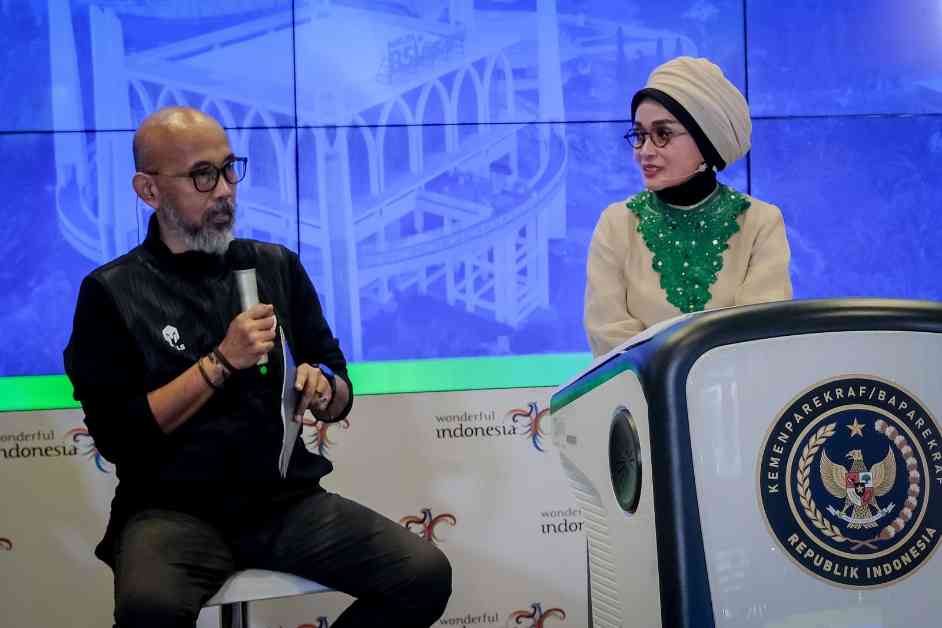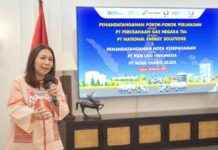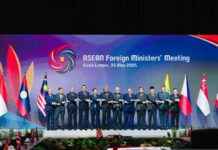Kemenparekraf’s Initiative to Promote Crisis Management in the Tourism Sector
Kemenparekraf/Baparekraf, the Ministry of Tourism and Creative Economy/Bureau of Tourism and Creative Economy, is pushing stakeholders in the tourism and creative economy sectors to establish Tourism Crisis Management (MKK) as an effort to create resilient and sustainable tourism and creative economy.
During an interview on “The Weekly Brief With Nia Niscaya” in Jakarta on Tuesday (16/4/2024), Fadjar Hutomo, the Expert Staff of the Minister of Crisis Management at Kemenparekraf/Baparekraf, emphasized that tourism is a sector that cannot stand alone and must involve all stakeholders.
“We continue to encourage the establishment of MKK in regions, which is a forum involving all relevant stakeholders,” said Fadjar Hutomo.
The existence of this forum is crucial because tourism is a sector highly vulnerable to crises, whether caused by natural or non-natural disasters. Hence, swift action from all stakeholders is essential to help prevent or mitigate the negative impacts when a crisis occurs.
Challenges in Destination Management during Holiday Seasons
Despite the high volume of domestic tourists during the Eid holiday season, observations by Kemenparekraf in three provinces on Java Island—West Java, Central Java, and East Java—highlighted several issues that hinder providing a comfortable experience for tourists.
Common problems identified by Kemenparekraf in tourist destinations include poorly managed parking and entrance fees, narrow and damaged roads, as well as inadequately managed waste during visitor surges.
“From Kemenparekraf’s perspective, safety, security, comfort, and enjoyment are crucial,” emphasized Fadjar.
Monitoring and Coordination Efforts during the Holiday Season
Florida Pardosi, the Director of Destination Governance at Kemenparekraf/Baparekraf, mentioned that monitoring was carried out through direct coordination with the heads of tourism departments in each province during the Eid holiday season.
The coordination with these departments aimed to gather data on visitor numbers and occupancy rates. Notably, in some destinations in West Java, the most significant increase in visitors was observed at Pangandaran Beach, with a visitor surge of up to 20,223 on April 12, 2024, and a hotel occupancy rate of 95 percent.
In Central Java, visitor spikes were noted at Menganti Beach and Borobudur. The highest number of visitors reached 21,952 at Menganti Beach on April 13, 2024, and 13,708 at Borobudur on April 12, 2024, with occupancy rates ranging from 75 to 80 percent.
In East Java, the highest number of visitors was recorded at Sarangan Lake, with 23,911 visitors on April 13, 2024, and an occupancy rate of 60-90 percent.
“Huge responsibility falls on local governments to ensure that the 2024 Eid holiday season is safe, comfortable, and enjoyable, supported by industry players and tourism businesses collaborating as part of the tourism pentahelix,” emphasized Florida.
**Random Humanizing Touch:**
Imagine this—your bags are packed, the excitement for a holiday is palpable, and you arrive at a beautiful destination only to be greeted by chaos due to poor management. The frustration of navigating through congested parking lots, crumbling roads, and heaps of unattended trash can quickly turn your dream vacation into a nightmare. This is the reality that many tourists face, emphasizing the critical need for effective crisis management in the tourism sector. How can we ensure that every traveler’s experience is not only memorable but also safe and enjoyable? The answer lies in proactive measures like the MKK initiative by Kemenparekraf, which aims to address these challenges head-on and pave the way for sustainable tourism growth. Let’s work together to create a travel landscape that is not only breathtaking but also well-managed, ensuring that every journey is a smooth and delightful adventure.






















